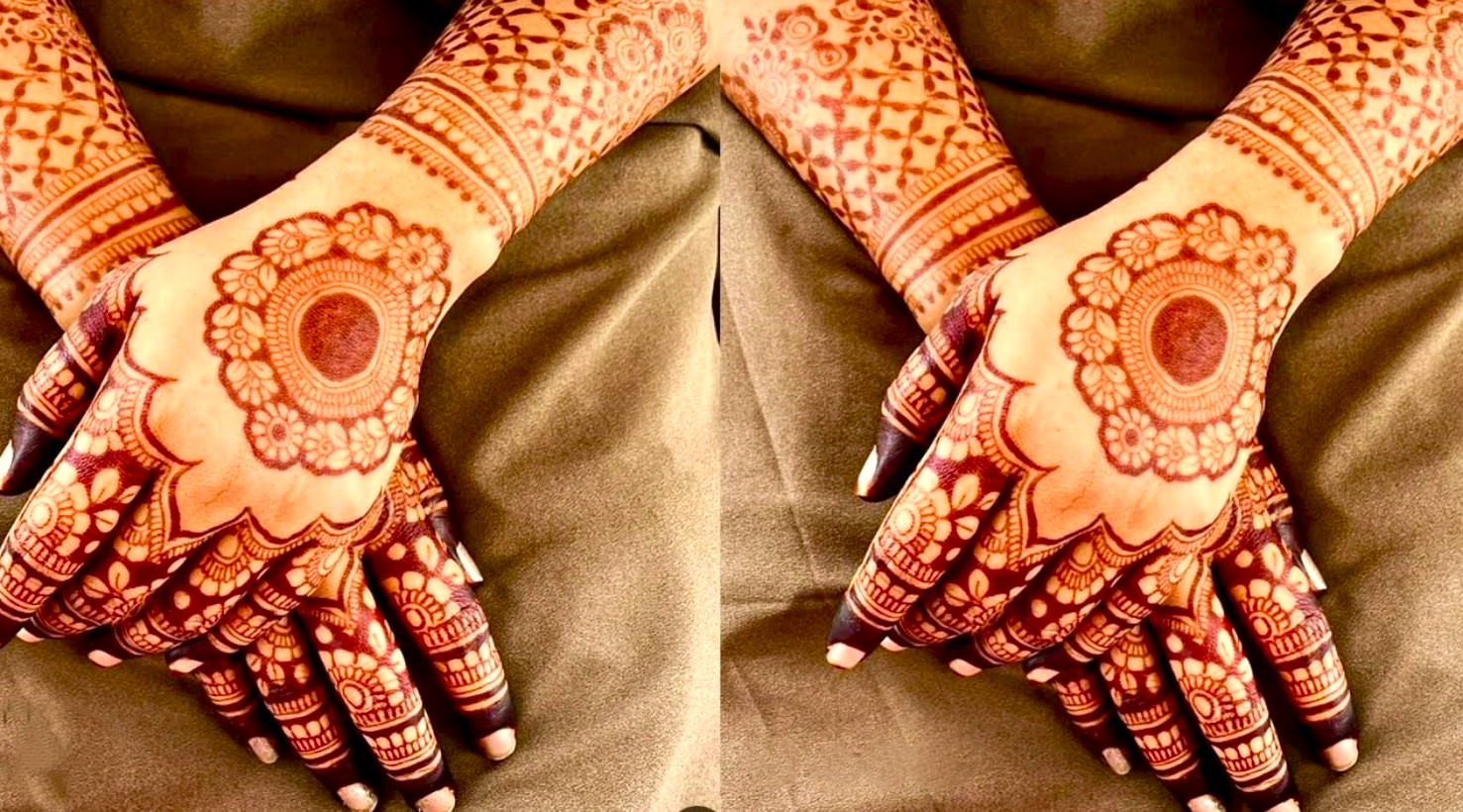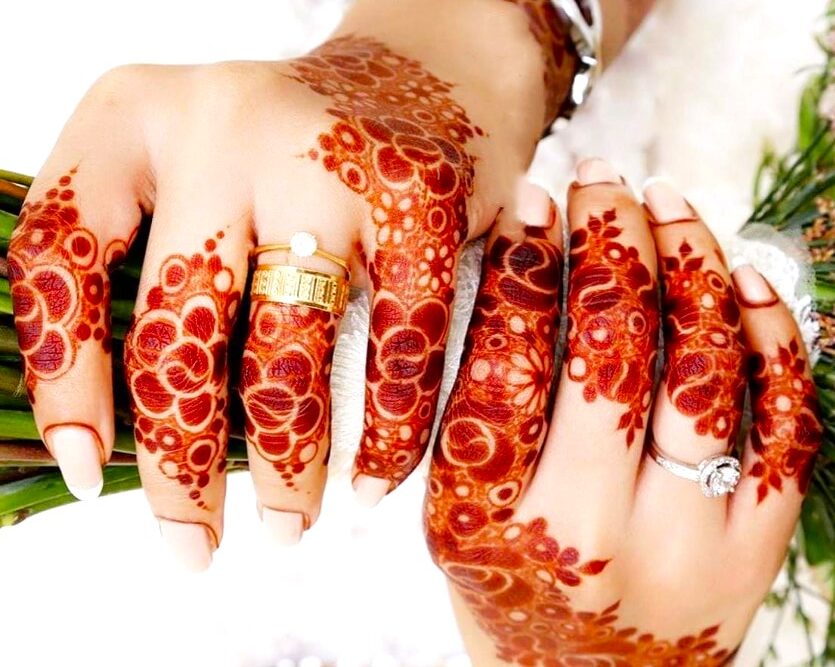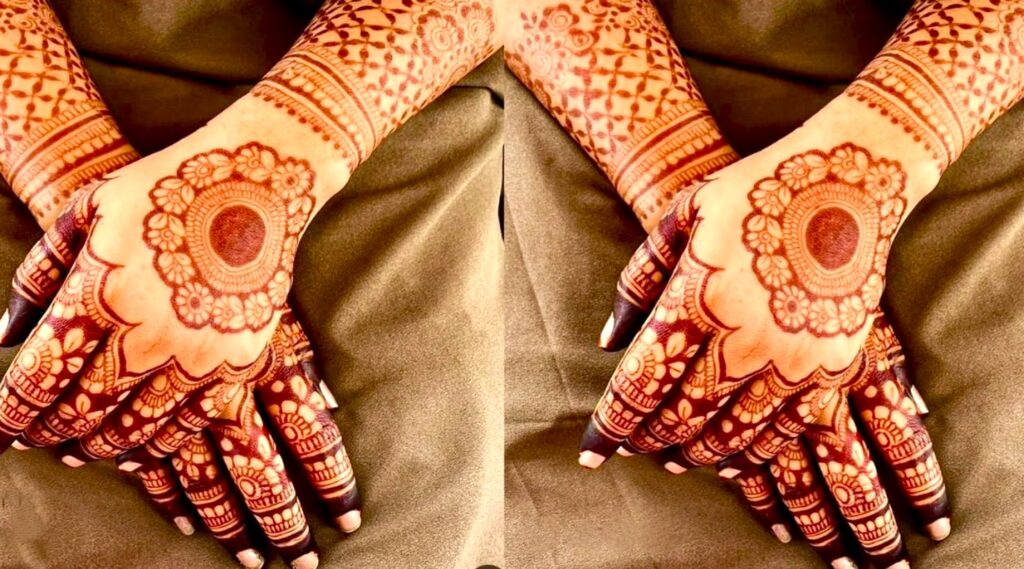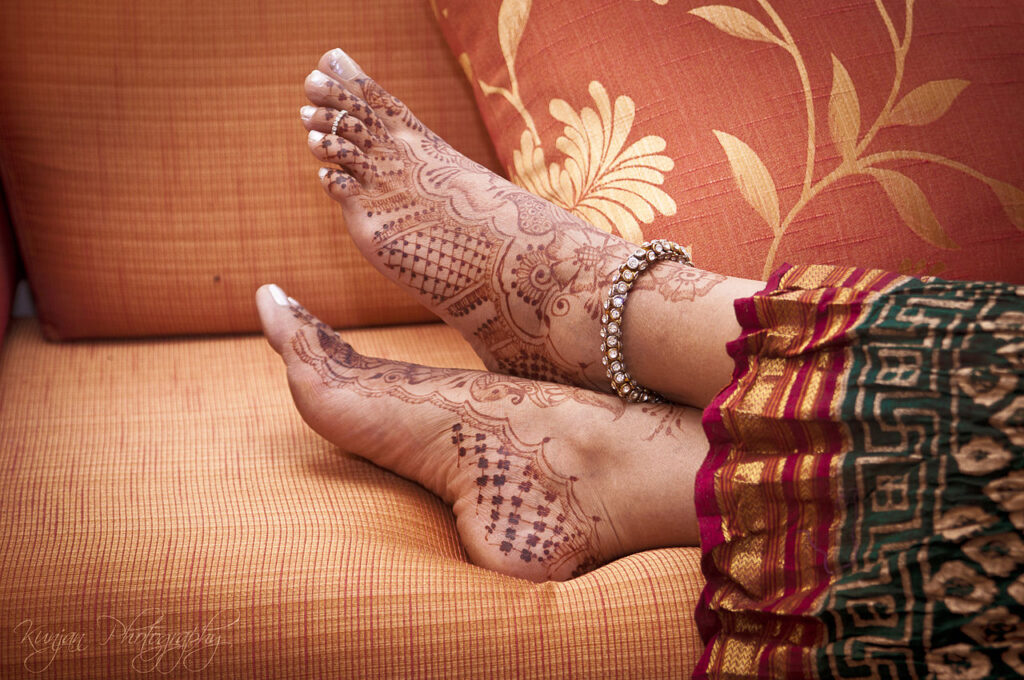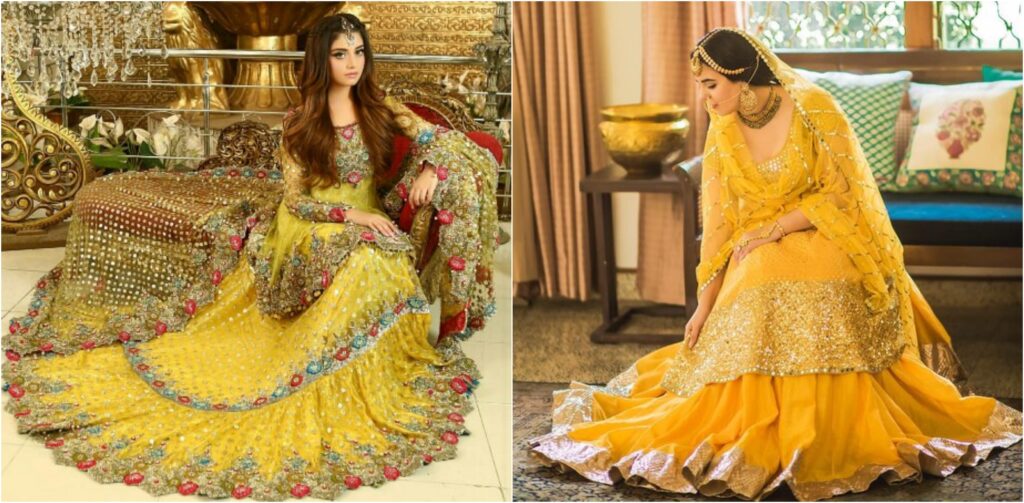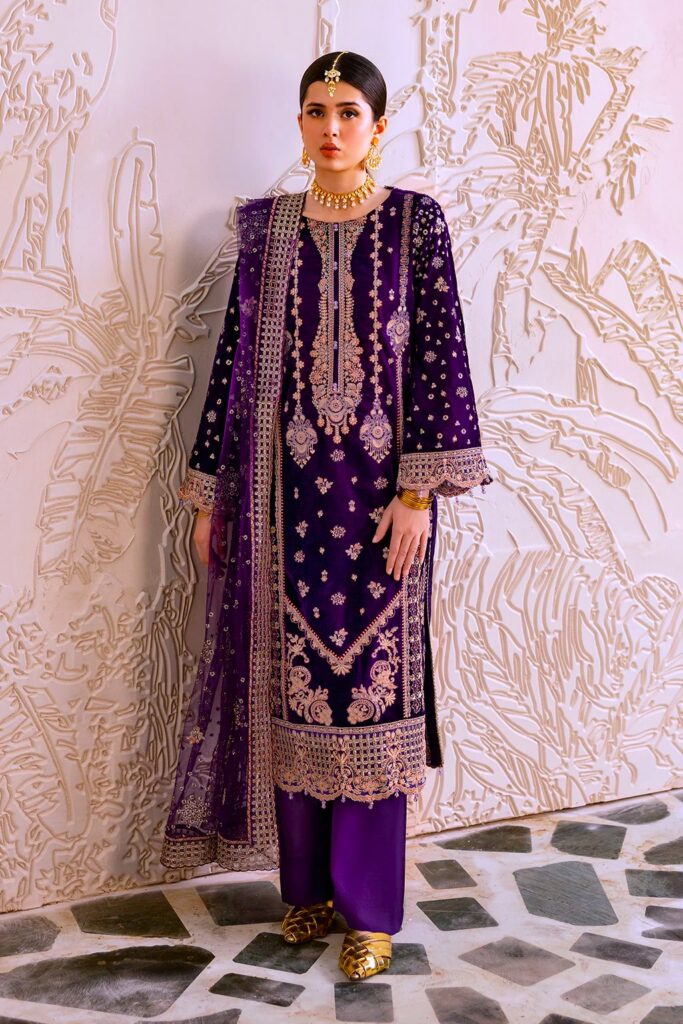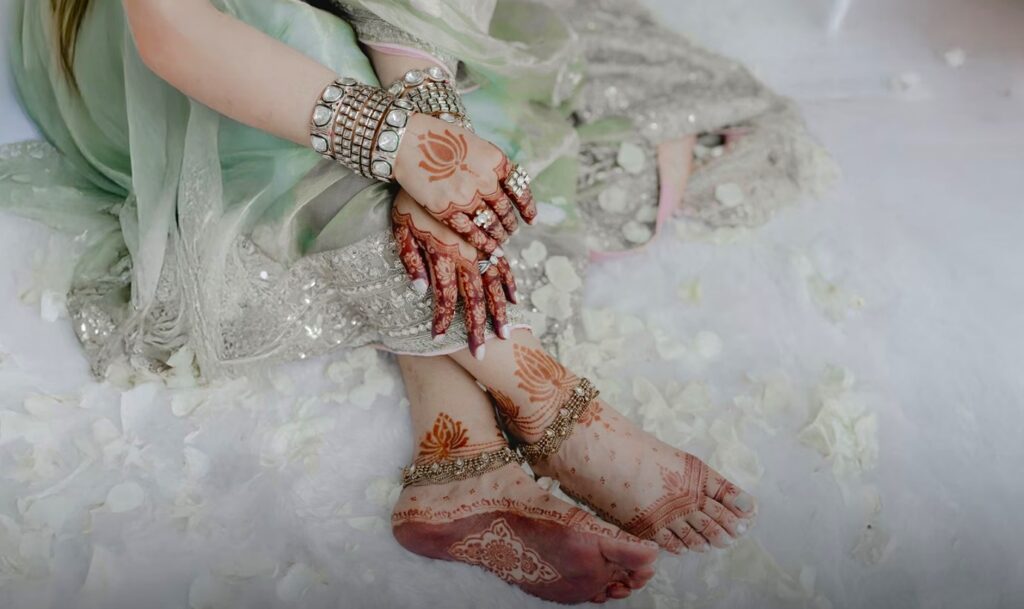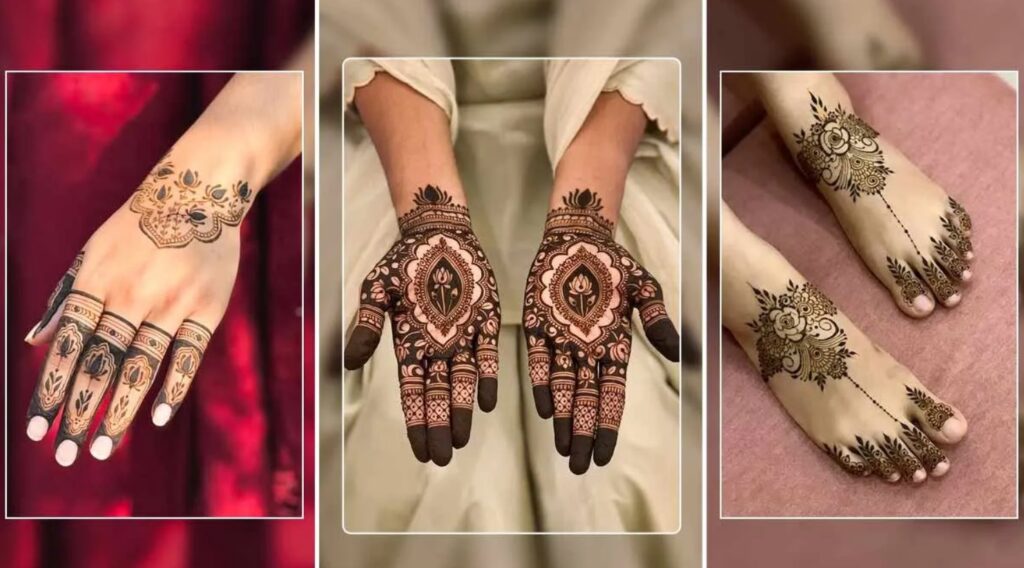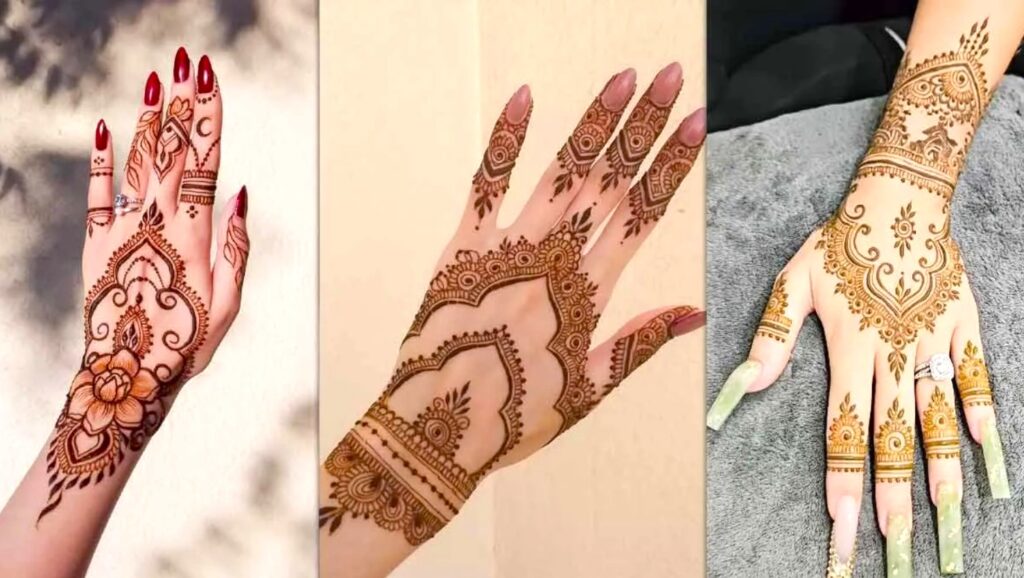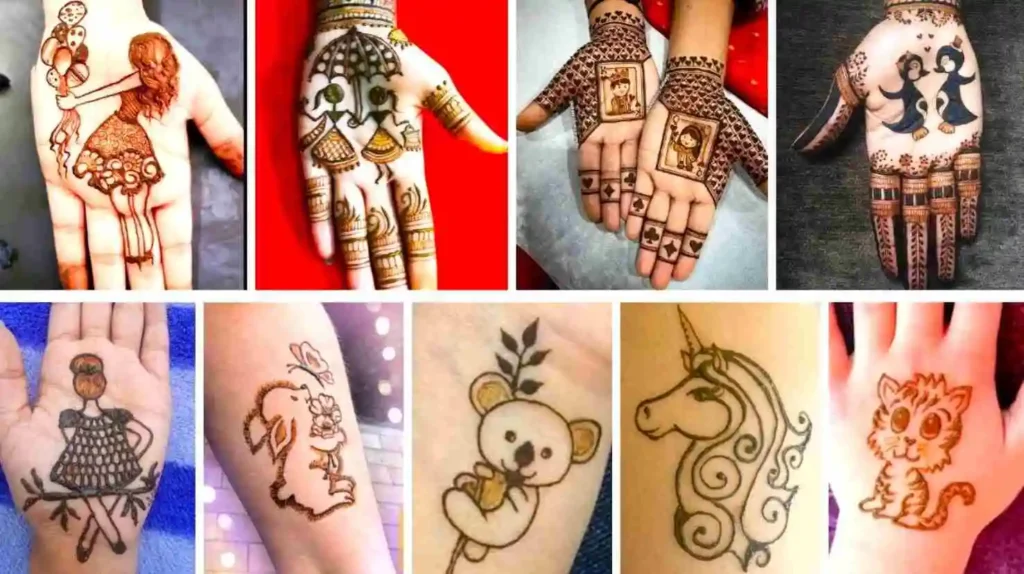Tikki Mehndi Design
Introduction
In the enchanting world of body art, where every stroke tells a story and every pattern holds a meaning, there exists a design so regal and central that it truly crowns the entire adornment. Welcome to the exquisite realm of the Tikki mehndi design. More than just a decorative element, the Tikki is the pulsating heart of mehndi application, a focal point that draws the eye and anchors the complex web of patterns flowing from the palms to the fingertips.
Often referred to as the “palm mandala” or the “central medallion,” this design is not merely a trend; it is a timeless tradition that has evolved through centuries, symbolizing focus, energy, and the very essence of life emanating from the center of the hand. Whether you are a bride preparing for her grand day, an enthusiast attending a festive celebration, or an artist seeking inspiration, mastering the Tikki mehndi design is a fundamental skill that elevates your artistry from simple decoration to profound expression.
This central motif holds a special significance across various cultures, particularly in South Asian weddings, where the darkness of the Tikki mehndi design is often playfully linked to the love between the bride and her groom. But its appeal is universal. Imagine a bride, her hands intricately painted, the majestic Tikki mehndi design perfectly complementing the embroidery of her velvet dress design, creating a symphony of traditional elegance. This article is your definitive guide to everything about this captivating art form, from its historical roots to the latest styles that are taking the world by storm.
What is a Tikki Mehndi Design? The Heart of Hand Art
A Tikki mehndi design is a concentrated, often circular or geometric, pattern applied to the center of the palm. It acts as the cornerstone of the entire hand adornment. Think of it as the sun in a solar system, with the patterns on the fingers and back of the hand radiating outwards like planets and stars. Unlike other elements of mehndi design that can be linear and flowing, the Tikki is all about density, complexity, and symmetry. It is designed to be the most detailed and dark-staining part of the application, creating a powerful visual anchor.
The beauty of the Tikki mehndi design lies in its versatility. It can be a standalone piece for a minimalist look or an elaborate centerpiece in a full-hand design. Its placement is strategic, as the palm’s skin is thicker and retains body heat better, which often results in a darker, richer henna stain. This makes the Tikki the deepest and most prominent part of the mehndi design, symbolizing the core energy and life force believed to reside in the palm.
- The Central Focal Point: Its primary role is to draw attention.
- A Canvas of Symbolism: It often incorporates motifs like flowers, peacocks, geometric shapes, and abstract patterns.
- The Foundation: All other elements of the hand mehndi design are built around and connected to the Tikki.
A Glimpse into History: The Origins of Mehndi and the Tikki
The story of mehndi design is as old as civilization itself, with its roots tracing back over 5,000 years. However, it was in the Indian subcontinent that the art form, including the Tikki mehndi design, was refined and imbued with deep cultural and spiritual significance. Historical records suggest that mehndi was used for its cooling properties in desert climates before its decorative potential was fully realized. The Tikki mehndi design, in particular, is believed to have spiritual connotations.
In many traditions, the center of the palm is considered a powerful energy point. Adorning it with a Tikki mehndi design was thought to lock in positive energy, protect against evil, and channel blessings. For brides, it symbolizes the opening of the hand to receive gifts, prosperity, and love from her new family. Over centuries, what began as simple dots and circles evolved into the intricate mandalas and floral medallions we see today. This evolution mirrors the journey of other art forms, such as the elaborate velvet dress design seen in Mughal era clothing, where simplicity gave way to breathtaking complexity.
The Cultural Importance and Symbolism of the Tikki
The Tikki mehndi design is far more than just aesthetic beauty; it is a vessel of profound meaning. In Indian and Pakistani culture, especially during weddings, the mehndi ceremony is a sacred pre-nuptial ritual. The application of mehndi, with the Tikki at its heart, is believed to invoke the divine and bestow blessings upon the couple. The darkness of the Tikki mehndi design is playfully said to reflect the depth of the bride’s love.
Beyond romance, it symbolizes:
- Fertility and New Beginnings: As a marker of marital bliss and the start of a new family.
- Spiritual Protection: Acting as a guard against negative energies.
- The Universe: The circular nature of many Tikkis represents the cosmos, unity, and the cyclical nature of life.
- Beauty and Awakening: Enhancing the natural beauty of the hands, making them a focal point of celebration.
This rich symbolism makes the Tikki mehndi design an indispensable part of cultural identity, connecting the wearer to generations of tradition.
2025 Trend Forecast: The New Era of Tikki Mehndi Designs
The world of mehndi design is dynamic, constantly innovating while respecting its roots. The year 2025 is set to bring a fascinating blend of minimalism, maximalism, and personalized artistry to the Tikki mehndi design.
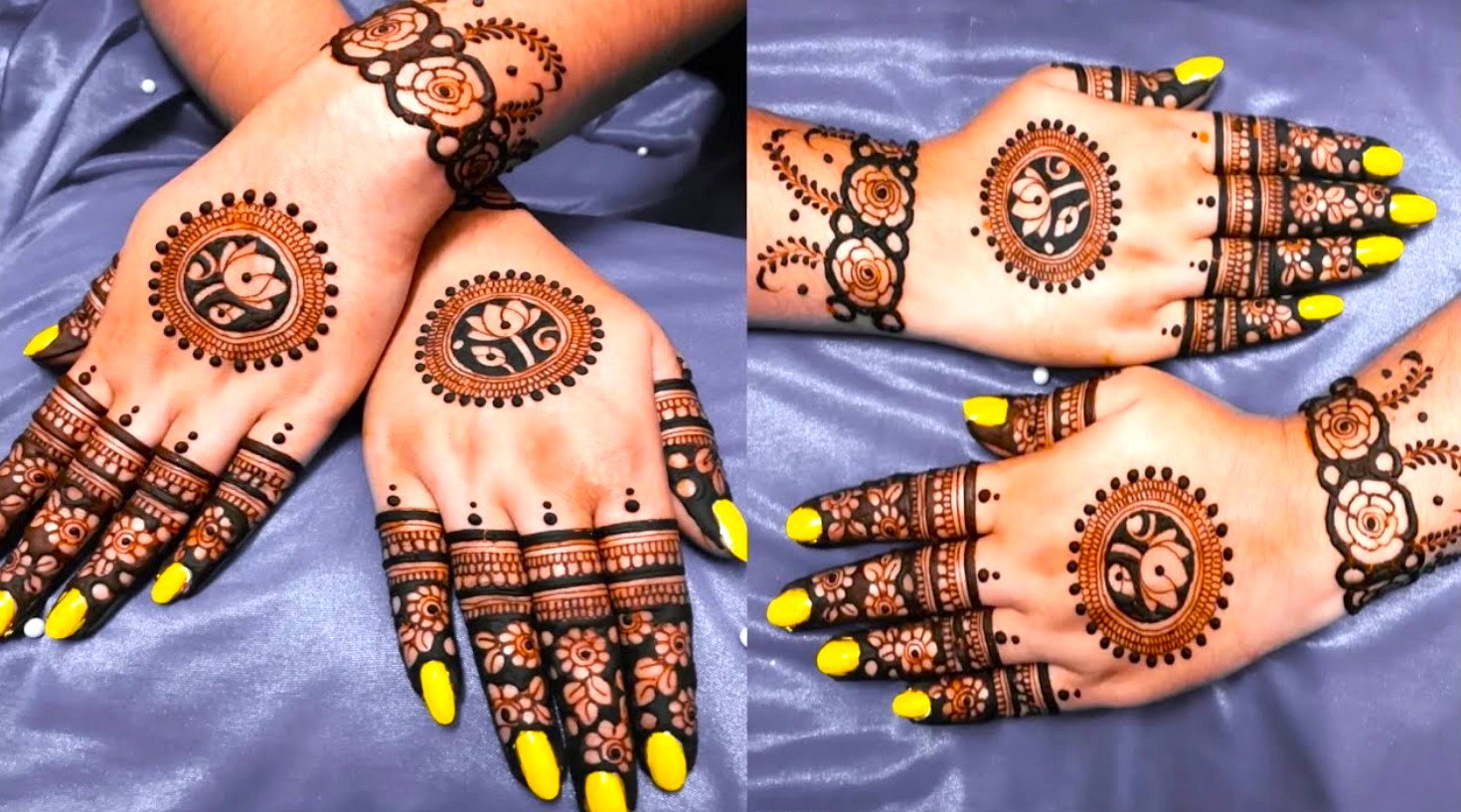
Minimalist and Negative Space Tikkis
For the modern woman who believes “less is more,” minimalist Tikkis are a game-changer. These designs use negative space cleverly within the Tikki mehndi design to create subtle, elegant patterns. Think of a simple geometric outline filled with delicate dots or a single, finely detailed flower. This style is perfect for those who want the tradition without the overwhelming detail.
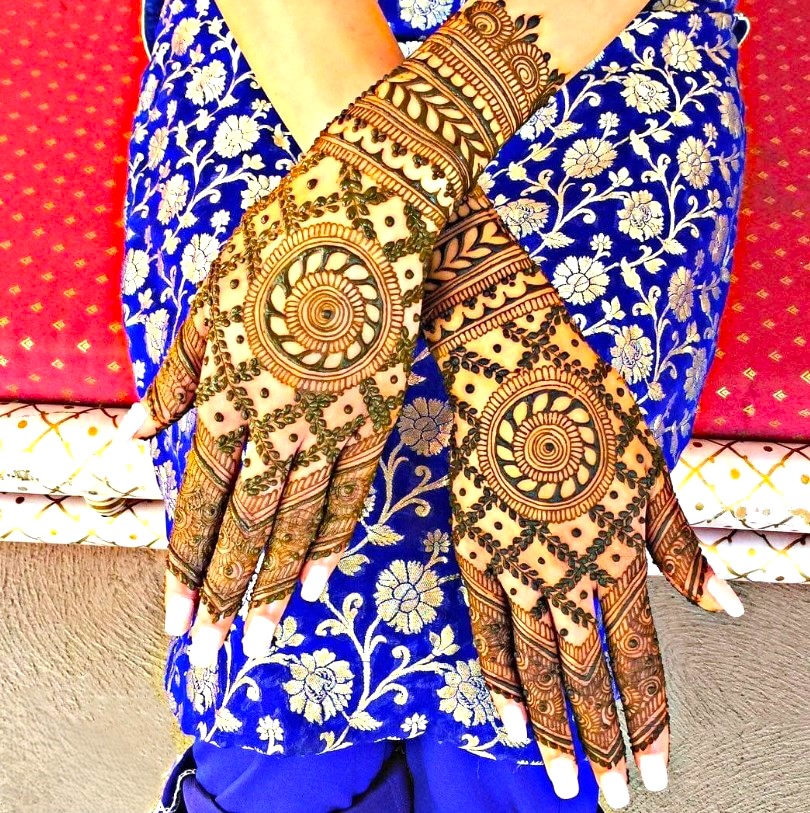
Fusion and Indo-Western Influences
The lines between different art forms are blurring. In 2025, we will see Tikki mehndi designs that incorporate elements from Western art styles, such as Art Deco patterns, or even subtle hints that resemble a delicate tattoo design. This fusion allows for incredible personalization and a unique style statement that bridges cultures.
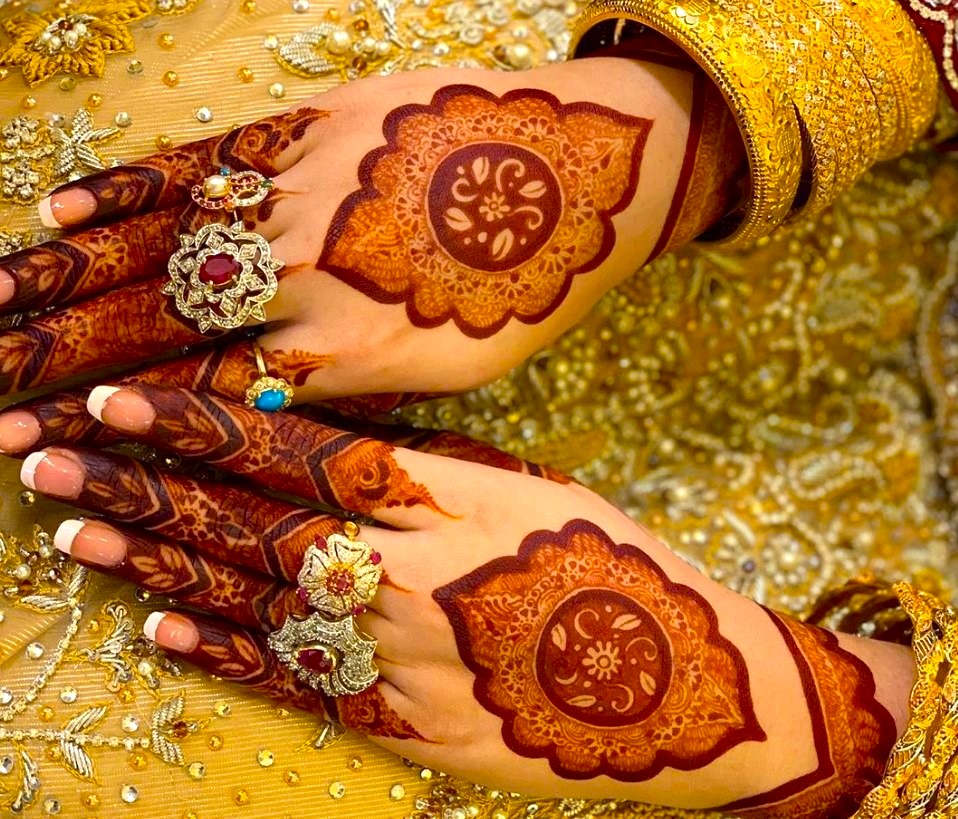
Personalized and Thematic Tikkis
Your Tikki mehndi design can now tell your personal story. A popular trend is to incorporate initials, important dates, or symbolic motifs that are meaningful to the wearer. This trend moves mehndi from a generic decoration to a deeply personal amulet.
A Gallery of Styles: Exploring Tikki Mehndi Design Variations
The true beauty of the Tikki mehndi design is its incredible diversity. Across different regions and artistic sensibilities, it takes on unique forms.
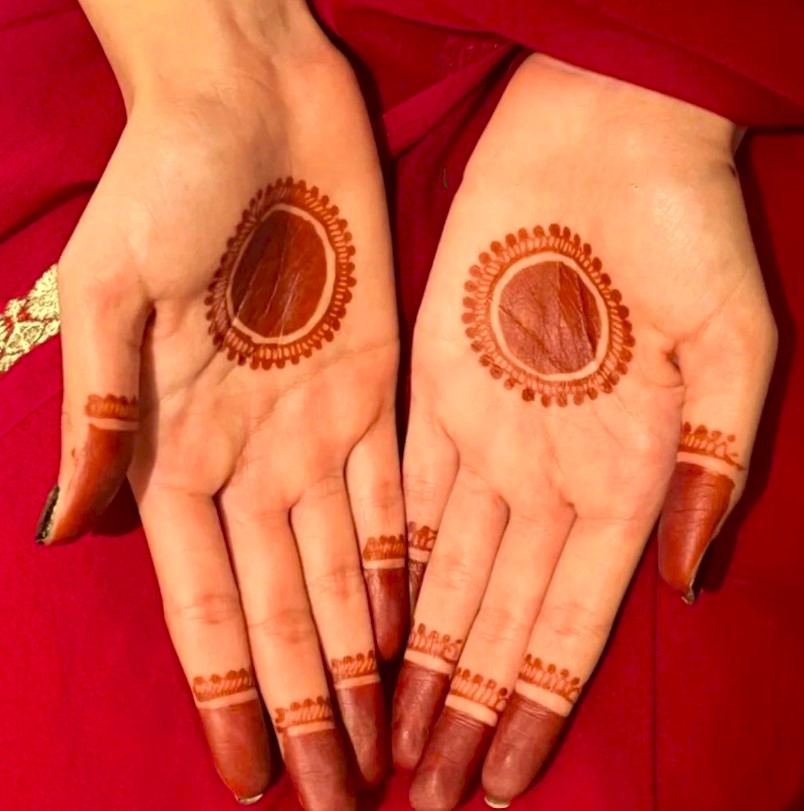
The Minimalist Tikki
As mentioned in trends, this style stands on its own as a major category. It’s defined by clean lines, ample use of skin as part of the design, and a focus on a single, powerful idea. A simple sunburst, a tiny geometric shape, or a delicate latticework circle are all examples. It’s perfect for a contemporary look and pairs wonderfully with a modern velvet dress design.
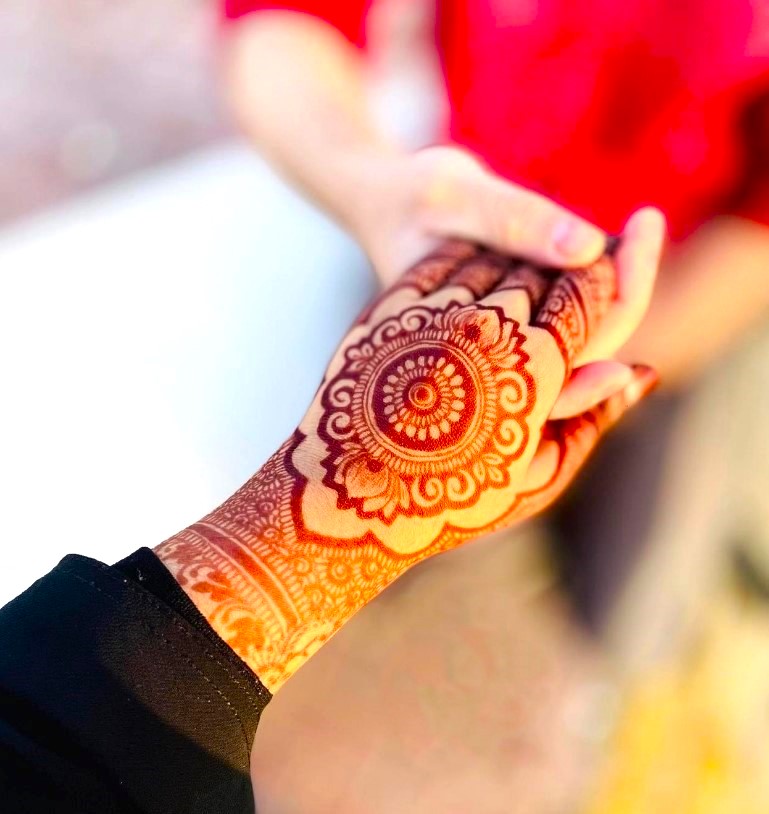
The Arabic Tikki
Arabic mehndi design is known for its bold, large floral patterns and flowing leaves. The Arabic Tikki reflects this, often featuring one or two large, stunning blossoms as the centerpiece. The design is less about dense fillings and more about the graceful, sweeping curves of the petals and vines that originate from it. It’s dramatic, elegant, and breathable.
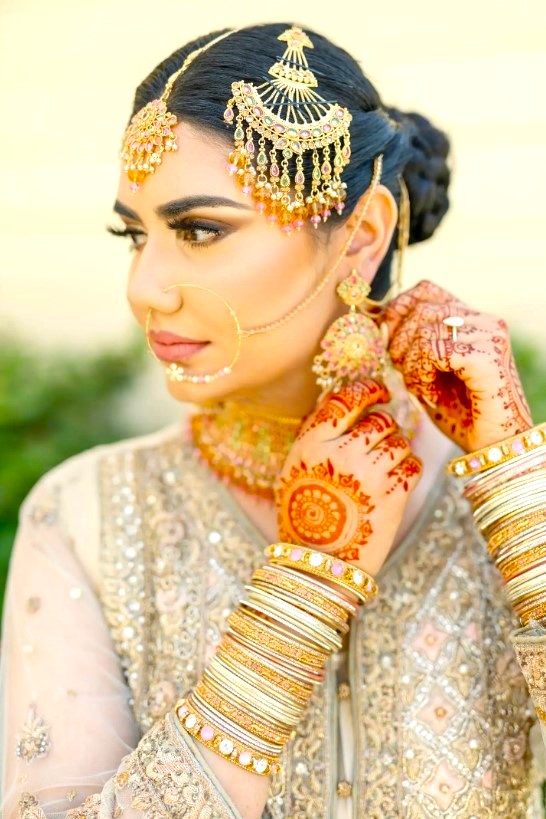
The Indian & Pakistani Bridal Tikki
This is the Tikki mehndi design in its most lavish and elaborate form. Designed for brides, it is a dense, highly detailed masterpiece that can cover almost the entire palm. It combines multiple elements: intricate paisleys (mango motifs), detailed flowers, peacocks, and even religious symbols. The goal is to create a rich, ornate tapestry that symbolizes prosperity and celebration. It’s designed to be the undeniable star of the bridal look.
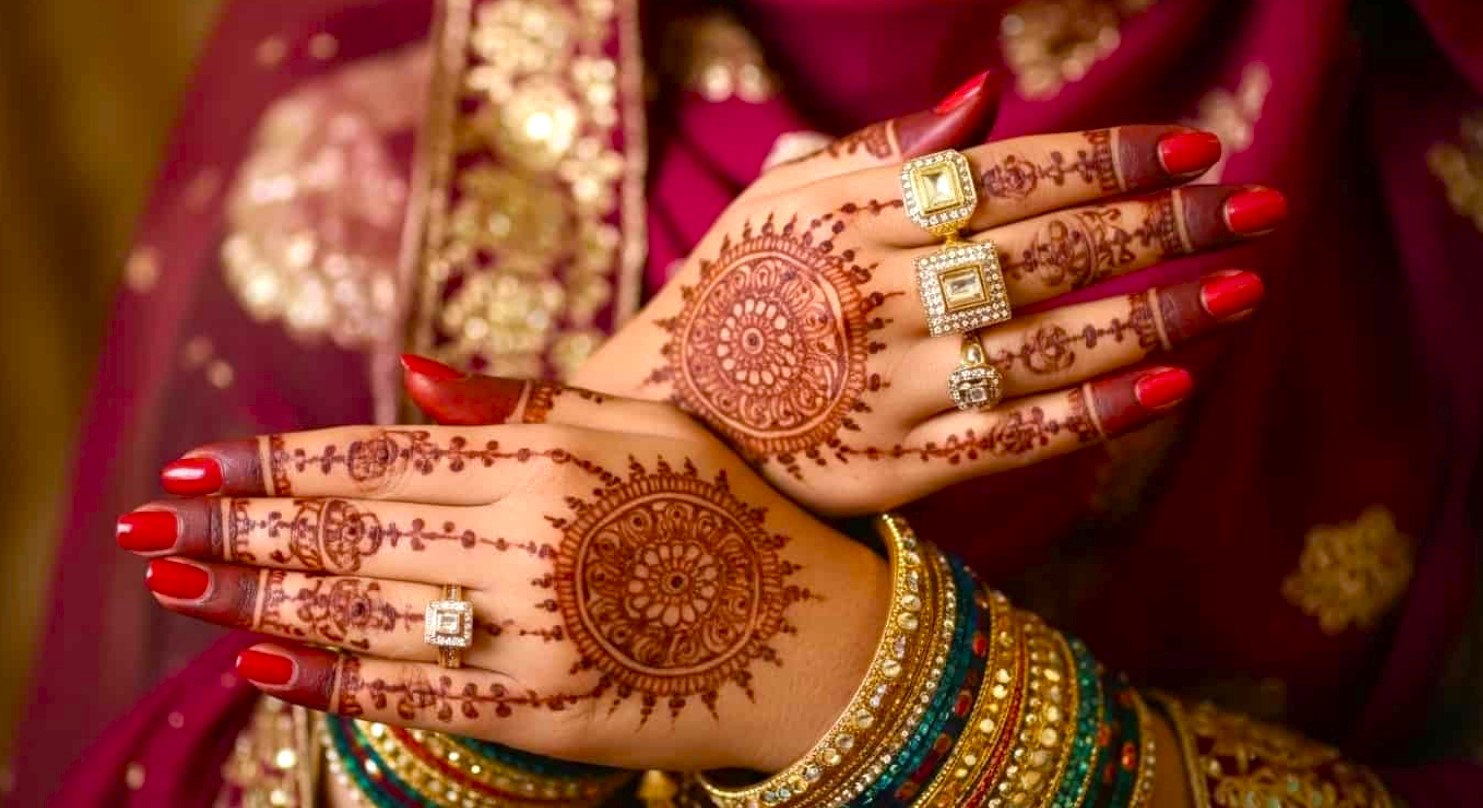
The Indo-Arabic Fusion Tikki
This style is a beautiful marriage of the bold florals of Arabic mehndi and the fine, dense fillings of Indian mehndi design. The Tikki might feature a large, open Arabic-style flower, but its center and surrounding area are filled with the tiny dots, lines, and shading characteristic of Indian art. This fusion creates a balanced design that is both striking and deeply intricate.
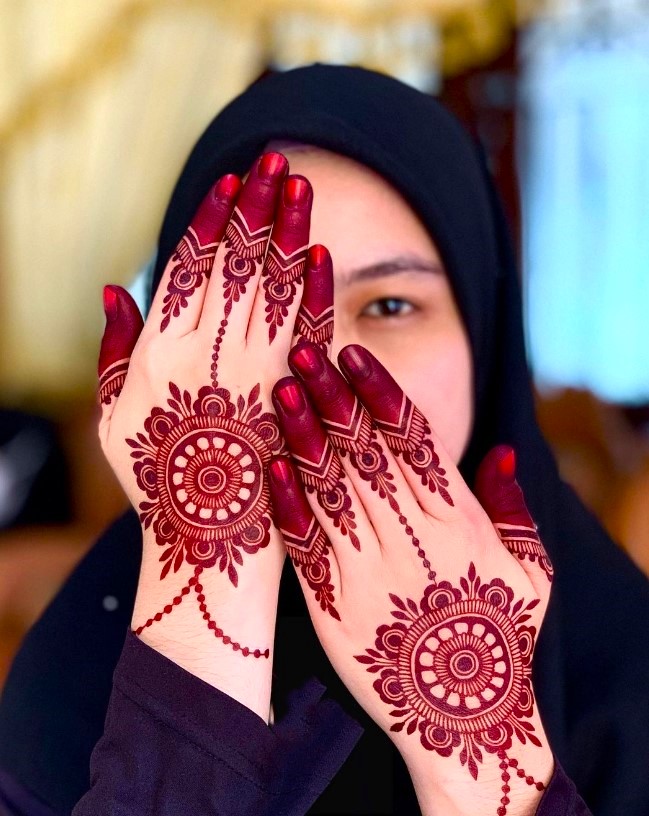
The Mandala Tikki
Deeply spiritual and geometrically perfect, the Mandala Tikki is a favorite for its symbolic meaning. It is built from concentric circles, squares, and other geometric shapes that represent the universe. The patterns are symmetrical and often hypnotic. This style of Tikki mehndi design has also heavily influenced the modern tattoo design world, with many people opting for permanent mandala tattoos on their palms or backs.
Your Step-by-Step Guide to Creating a Basic Tikki Mehndi Design
Creating a beautiful Tikki mehndi design may seem daunting, but with patience and practice, anyone can master it. Here is a simple guide to get you started.
Materials You Will Need
- Fresh, High-Quality Henna Cone: Ensure it has a smooth consistency.
- Cotton Balls and Lemon-Sugar Solution: To prep the skin and seal the design.
- A Steady Hand and a Clean Workspace: Good lighting is essential.
The Application Process
- Prep Your Palm: Clean your palm thoroughly with soap and water to remove any oils. For a darker stain, you can lightly wipe the area with an eucalyptus oil-based solution.
- Start with a Central Dot: The entire Tikki mehndi design radiates from a single point. Place a firm dot in the very center of your palm.
- Create the Outer Boundary: Draw a perfect circle around the central dot. This circle defines the scope of your Tikki.
- Build the Inner Framework: Inside the circle, start adding concentric circles, petals, or a geometric grid.
- Fill with Details: Fill the framework with tiny dots, lines, flowers, leaves, or paisleys. The key is to maintain balance.
- Connect to the Fingers (Optional): If you are creating a full-hand design, draw flowing lines from the outer edge of your Tikki mehndi design towards your fingers.
- Let it Dry and Seal: Allow the henna to dry completely. Once dry and crusty, seal it with a lemon juice and sugar solution. Leave it on for 6-8 hours for the darkest stain.
The Pros and Cons of Tikki Mehndi Designs
Like any art form, the Tikki mehndi design comes with its own set of advantages and considerations.
Benefits and Advantages
- High Visual Impact: It creates an immediate and powerful focal point.
- Cultural Authenticity: It grounds your mehndi design in tradition and meaning.
- Excellent Stain: The palm stains the darkest, making the Tikki the most prominent part.
- Versatility: It can be adapted to any style, from grand bridal to simple everyday wear.
Drawbacks and Considerations
- Can Be Overwhelming: An overly large or dense Tikki might distract from the rest of the hand design.
- Prone to Smudging: The palm is a high-contact area, especially before the henna dries.
- Fades Faster: Due to frequent hand washing and use, the palm design may fade quicker.
- Skill-Intensive: Creating a perfectly symmetrical and intricate Tikki mehndi design requires a steady hand and practice.
Expert Tips and Tricks for a Flawless Tikki
To elevate your Tikki mehndi design from good to exceptional, consider these pro tips.
- Practice on Paper First: Before touching skin, practice your Tikki patterns on paper to build muscle memory.
- Vary Your Pressure: Apply more pressure for thicker, darker lines and less pressure for delicate details. This adds dimension.
- Embrace Asymmetry (Sometimes): While symmetry is classic, a deliberately asymmetrical Tikki can be a stunning modern statement.
- Keep the Cone at a 45-Degree Angle: This allows for smooth, controlled flow of the henna paste.
- Use a Toothpick for Corrections: A lightly dampened toothpick can carefully fix small mistakes without smudging the entire mehndi design.
Finding Inspiration: From Velvet Dresses to Tattoos
Art does not exist in a vacuum. The best Tikki mehndi designs are often inspired by the world around us.
- Fashion and Textiles: Look at the intricate patterns in a velvet dress design, the embroidery on a saree, or the weave of a carpet.
- Architecture: The symmetry of a mandir’s dome, the jaali work in Mughal architecture, or the spirals of a modern building.
- Nature: Flowers, leaves, spider webs, and sunbursts are perennial favorites.
- Tattoo Art: The fine-line work, dotwork (stippling), and geometric patterns popular in modern tattoo design can be beautifully adapted.
Common Mistakes to Avoid in Your Tikki Design
Awareness of common pitfalls is the first step to avoiding them.
- Starting Too Big: A common beginner error is drawing the initial circle too large, leaving no room for intricate detailing.
- Uneven Pressure: This results in a patchy design with lines of varying thickness.
- Rushing the Drying Process: Smudging a nearly dry Tikki mehndi design is heartbreaking. Be patient.
- Overcrowding: Adding too many elements can make the Tikki look messy and cluttered instead of detailed and elegant.
- Ignoring Skin Preparation: Oily or dirty skin will lead to a poor-quality stain, no matter how beautiful your mehndi design is.
Final Thoughts
The Tikki mehndi design is a beautiful paradox—it is both an ancient symbol and a modern canvas. It carries the weight of centuries of tradition in its patterns, yet it remains incredibly adaptable to the personal style and spirit of the wearer. From the grand, sprawling Tikkis of a South Asian bride to the subtle, minimalist dot mandala chosen for a casual outing, this central design element proves that true artistry is timeless. It connects us to our past while allowing us to express our present.
As you embark on your own journey with henna, whether as an artist or an admirer, let the Tikki be your guide. Let it teach you about balance, about focus, and about the beauty that can be found at the very center of things. Don’t be afraid to experiment, to mix the boldness of Arabic styles with the intricacy of Indian designs, or to borrow the clean lines of a tattoo design for your temporary art. The future of the Tikki mehndi design is as bright and varied as the hands that wear it, a testament to the enduring magic of this beautiful art form.
Frequently Asked Questions (FAQs)
1. What exactly is a Tikki in mehndi design?
A Tikki mehndi design is the central, focal pattern applied on the palm. It acts as the anchor point from which the rest of the hand mehndi design radiates. It’s typically the most intricate and detailed part, often circular or mandala-like, and is deeply rooted in cultural and symbolic significance.
2. How can I make my Tikki mehndi design last longer?
To make your Tikki mehndi design last longer, keep the paste on for 6-8 hours, avoid water contact for the first 24 hours after removal, and apply a balm like Vicks or mustard oil over the stained design periodically. Since the palm fades fastest, these steps are crucial for maintaining its darkness.
3. What are some simple Tikki mehndi designs for beginners?
Beginners should start with a basic circular Tikki mehndi design. Draw a circle and fill it with uniform dots, straight lines radiating from the center, or a simple spiral. These patterns are easy to execute and help you practice control and symmetry before moving to complex floral or lace mehndi design elements.
4. Can a Tikki mehndi design be a standalone piece?
Absolutely. A well-crafted Tikki mehndi design can be a stunning standalone piece, especially for a minimalist or contemporary look. It draws all the attention to the center of the palm, making a powerful yet subtle statement, perfect for those who don’t want a full-hand mehndi design.
5. What is the symbolic meaning behind the Tikki?
The Tikki mehndi design symbolizes the universe, spiritual energy, and the center of life. In weddings, it represents the heart of the bride and the bond of love. Its dark stain is believed to signify the depth of affection and is also thought to protect against negative energy, channeling positivity into the wearer’s life.
6. How does a Tikki design complement a velvet dress?
An intricate Tikki mehndi design beautifully complements the rich texture of a velvet dress design. The delicate, detailed patterns on the hand create a stunning contrast against the soft, plush fabric of the velvet, enhancing the overall elegance and creating a harmonious, traditional, and royal aesthetic for events and weddings.
7. What’s the difference between a Tikki design and a tattoo design?
A Tikki mehndi design is temporary, applied with natural henna paste, and lasts 1-3 weeks. It’s a cultural art form often for celebrations. A tattoo design is permanent, injected with ink into the skin. While tattoo design styles can be inspired by Tikkis, they are a commitment and lack the temporary, ceremonial aspect of mehndi.
8. What are the latest 2025 trends in Tikki mehndi?
The latest 2025 trends for Tikki mehndi design include minimalist patterns using negative space, fusion styles blending Arabic florals with Indian detail, and highly personalized Tikkis. There’s also a move towards designs inspired by modern tattoo design art like fine-line work and dotwork, creating a unique blend of old and new.
9. Why does the Tikki part of the mehndi stain the darkest?
The Tikki mehndi design stains the darkest because it is placed on the palm, where the skin is the thickest and has more keratin. This area also generates more body heat, which helps release more dye molecules from the henna paste, resulting in a richer, deeper, and longer-lasting orange-brown stain compared to other areas.
10. How do I fix a mistake in my Tikki design?
For small mistakes in your Tikki mehndi design, use a pointed toothpick or an orange stick to gently scrape off the wet henna paste. If the design has started to set, it’s better to incorporate the mistake creatively into the pattern, like turning a smudge into a leaf or a dot, rather than risking a smudge.
Mehndi Design Easy and Beautiful Your Gateway to Stunning Body Art
Henna New Mehndi Design 2025 Stylish, Trendy and Easy Ideas for Every Occasion
Top 100+ Mehndi designs for brides 2025
Mehndi Dress Design and Mehendi Design in Pakistan
Velvet Dress Design and New Mehndi Design in Pakistan
Latest Posts:
- 10 Best Royal Finger Mehndi Design in 2025
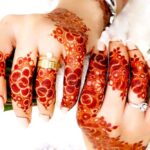
- Tikki Mehndi Design Magic 2025 Most Stunning Styles & Tips

- 20+ stunning and fresh foot mehndi designs for the modern look
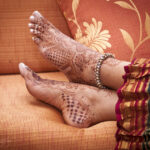
- Mehndi Dress Design and Mehendi Design in Pakistan

- Velvet Dress Design and New Mehndi Design in Pakistan
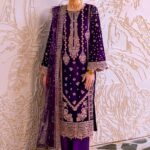
- Finger Mehndi Design Ultimate 2025 Trends and Styling Guide

- Mehndi Design Easy and Beautiful Your Gateway to Stunning Body Art
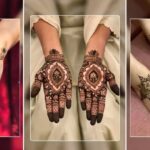
- Henna New Mehndi Design 2025 Stylish, Trendy and Easy Ideas for Every Occasion
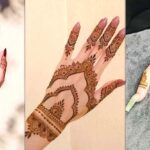
For more designs Click Here

